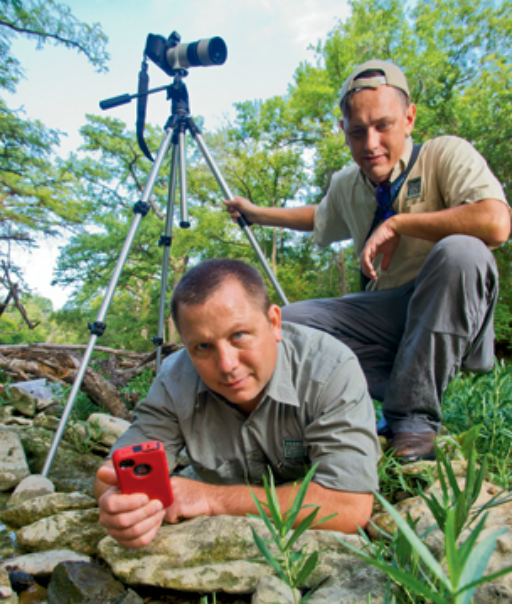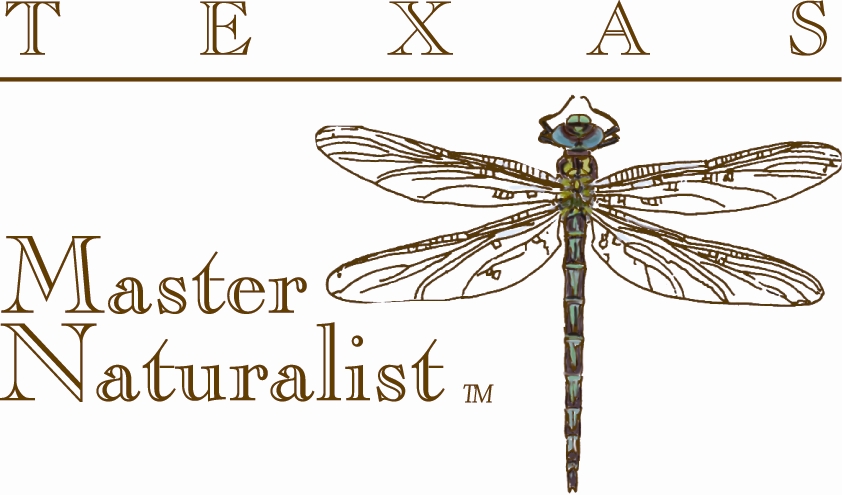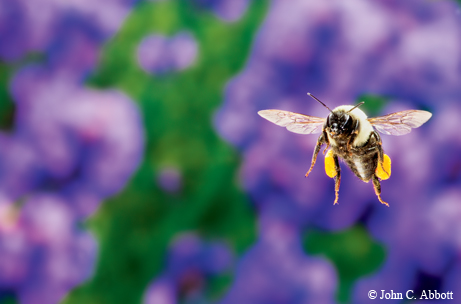Citizen Scientists Take Biological Inventories
Monday, March 21st, 2016This is Passport to Texas
With the help of biological inventory teams of citizen scientists, Texas Parks and Wildlife monitors plants… herps…
Which are the amphibians and reptiles…
…birds and invertebrates…
…and that would mainly be: butterflies, dragonflies, beetles, bumblebees and such….
…in Texas’ 8 wildlife districts; Biologist Marsha May oversees the program. She says she’s recruiting experts statewide to join these monitoring teams.
Mostly, we’re looking at hobbyists; people who have joined herp societies. They know their herps. As well as birders. There’re people involved in Audubon Society that know their birds. So those are the types of people [as well as those with expertise in native plants and invertebrates] that we’re looking for, for these projects.
These biological inventory teams will monitor species on private land.
So, my plan is to start with organizing teams throughout the state. And once we get good, solid teams in place, then we’re going to go out there and open it up to the landowners, and let them know that these teams are available to come and do surveys on their property.
Knowing what’s on the land helps landowners become better stewards. Find out how to volunteer when you log visit the Nature Trackers page on the TPW website.
Funding provided in part by Ram Trucks. Guts. Glory. Ram For Texas Parks and Wildlife…I’m Cecilia Nasti.







 Passport to Texas is a
Passport to Texas is a  Passport to Texas is made available by:
Passport to Texas is made available by: